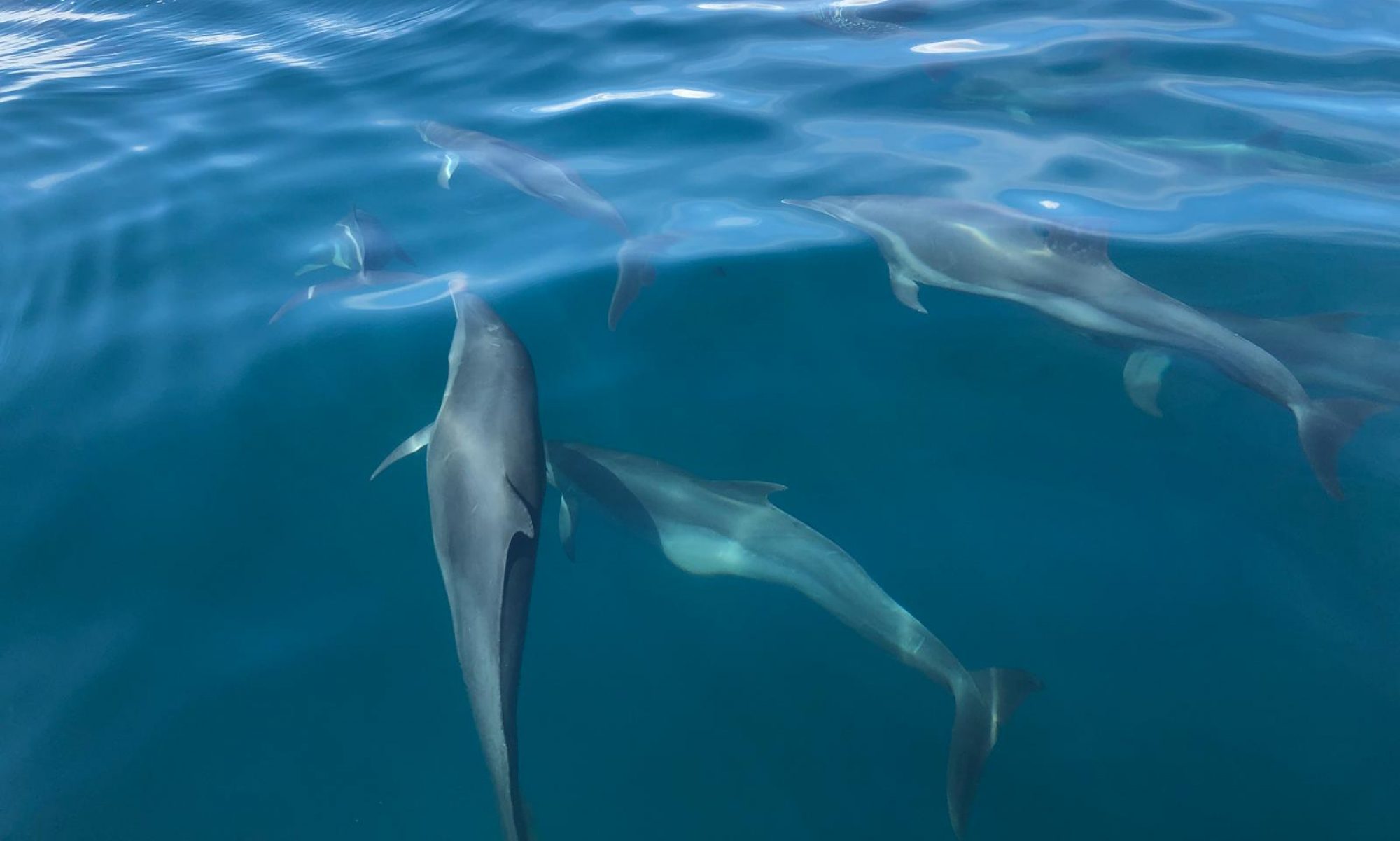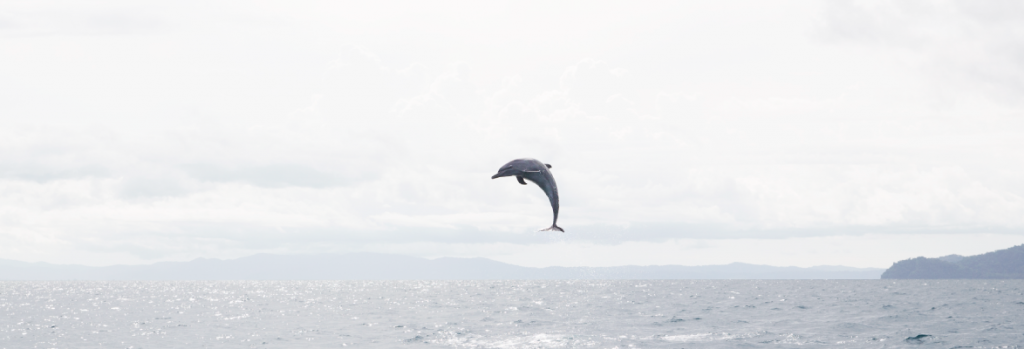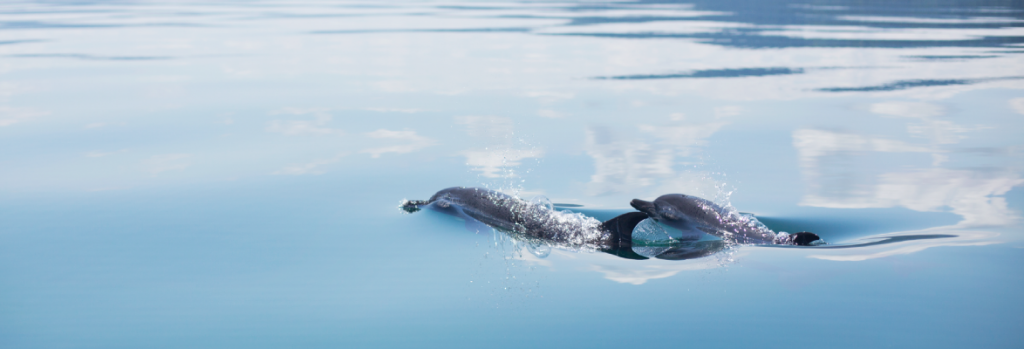Golfo Dulce Dolphins
Costa Rica is home to an estimated 25 whale and dolphin species, which migrate, mate and make their home in the Pacific Ocean and Caribbean Sea. Various dolphin species frolic up and down the Pacific coast.
The Osa Peninsula is the major stomping ground of Costa Rica’s whale and dolphin species. Dolphins are one of the most beautiful groups of aquatic mammals. Most species live in the sea water and can be found in all oceans of the world. Dolphins are often regarded as one of Earth’s most intelligent animals. They are highly sociable, often living in pods of up to a dozen individuals, though pod sizes and structures vary greatly between species and locations. In places with a high abundance of food, pods can merge temporarily, forming a superpod; such groupings may exceed 1,000 dolphins. Membership in pods is not rigid; interchange is common. Dolphins can, however, establish strong social bonds; they will stay with injured or ill individuals, even helping them to breathe by bringing them to the surface if needed. Dolphins communicate using a variety of clicks, whistle-like sounds and other vocalizations. They also use nonverbal communication by means of touch and posturing.
Here in the Golfo Dulce, we have two resident species of dolphin: The Pantropical Spotted and Bottlenose . Please read some more information about each species below.
PANTROPICAL SPOTTED DOLPHIN
Scientific Name: Stenella attenuata
Of the thirty-odd species of oceanic dolphins, none makes a more striking entrance than Stenella attenuata, the spotted dolphin. Underwater, spotted dolphins first appear as white dots against the blue. The beaks of the adults are white-tipped, and that distinctive blaze, viewed head-on, makes a perfect circle. The Pacific variety are gray, with a characteristic dark “cape” from the forehead to the dorsal fin. Spotting, if present – as they don’t get their spots until the age of 5 or so, consists of light spots on their darker areas or, dark spots on their lighter areas. Older dolphins are more heavily spotted. Spotted dolphins can leap an incredible 15 feet in the air – high enough to clear a double decker bus! The six foot long marine mammal effortlessly jumps an astounding two and a half times their own body length. The leaps follow a pattern, with spotted dolphins doing one huge initial jump followed by two or three more quickly afterwards. Different dolphins jump in different ways. We can identify what species they are by how they’re jumping. Spotted dolphins jump a lot, but mainly alone – they also go straight up in the air, and wiggle a little bit before descending. Incredible creatures. astonishingly beautiful and incredibly brainy, spotted dolphins are extremely social creatures and form herds of a few dozen to more than a thousand dolphins.
BOTTLENOSE DOLPHIN
Scientific Name: Tursiops truncatus
Known for their inshore habitats, playfulness around vessels and captive performances at centrums, bottlenose dolphins are probably the most popular of all cetacean species. Adults range in size from seven to eleven feet in length and weigh between 600 and 850 pounds. Their backs are medium gray, their sides are lighter gray and their bellies are white or pink. Offshore animals are darker in color than those found inshore. Bottlenose dolphins establish and maintain dominance by biting, chasing, jaw-clapping, and smacking their tails on the water. During courtship, they engage in head-butting and tooth-scratching. Bottlenose dolphins have been seen to ride pressure waves of humpback whales!


